 +86 755 2794 4155
+86 755 2794 4155  sales@knownpcb.com
sales@knownpcb.com
-
Shenzhen KNOWNPCB Technology Co., Ltd.
 +86 755 2794 4155
+86 755 2794 4155  sales@knownpcb.com
sales@knownpcb.com
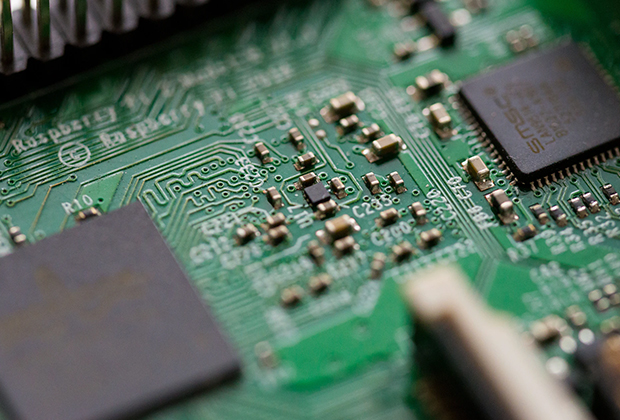
Have you noticed that now more and more of our lighting is using led lighting.What is LED? Compared to the traditional light bulbs, LEDs have lower power consumption, longer lifetime and higher energy efficiency. In the PCB industry,when we say LED PCB, it refers to the pcb used for LED lighting, if you are looking for a suitable LED PCB for your lighting system, this article may bring you something. WHAT ARE LEDS COMPOSED OF?LED is an initial light-emitting diode that produces light when an electric current passes through. LEDs typically have negative and positive electrodes, which generate light in the visible light region.The LEDS are glued to the PCB by soldering process and have electrical connections for lighting.Since light-emitting diodes dissipate a lot of heat when they are in use, when you are designing LED, the metal core is usually the best choice for LED PCB, it is because that it dissipates heat more faster. Among them, the metal material aluminum is the most widely used
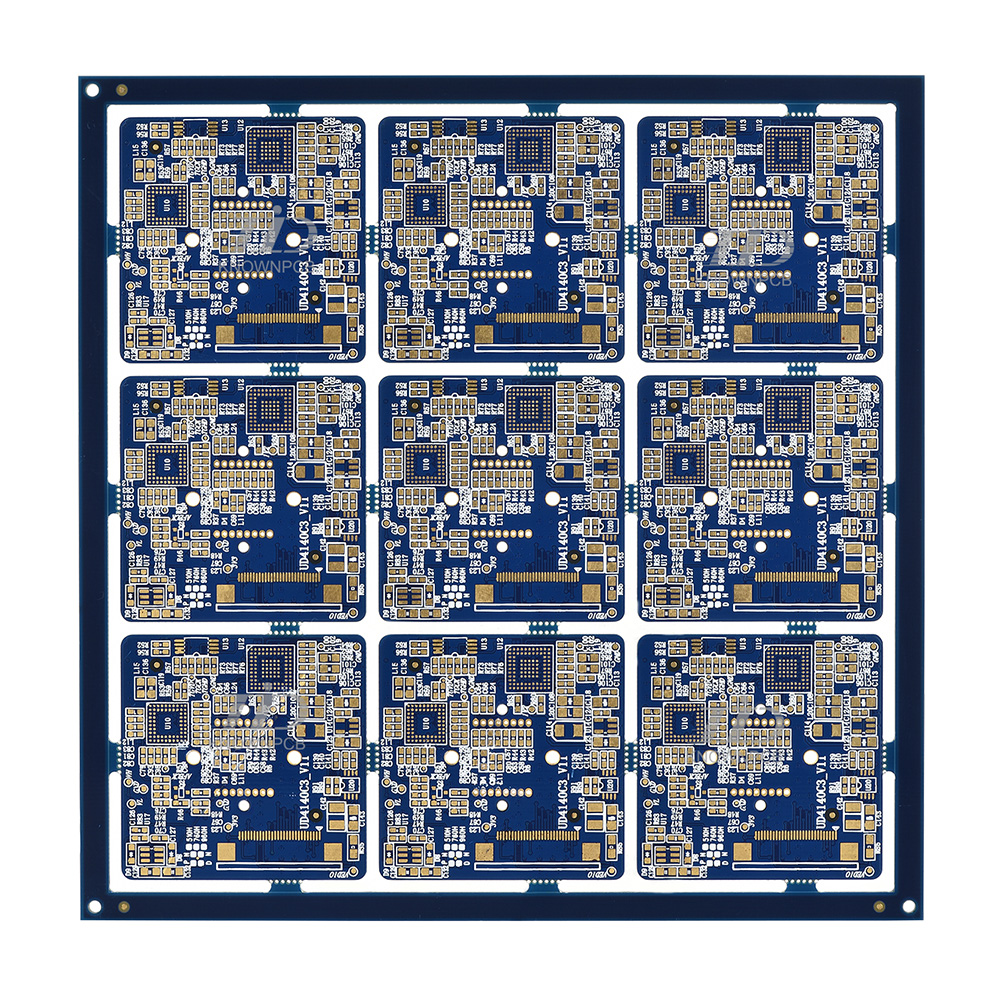
1. Design and Planning: Based on the functions and requirements of the sensor, the manufacturer designs and plans to determine the required type and size of the circuit board. 2. Material selection: According to design requirements, select suitable circuit board materials, usually using FR-4 glass fiber composite material. 3. Printed Circuit Board (PCB) Manufacturing: Using printing technology to create circuit patterns on a substrate. This process involves processing the copper foil layer into the desired circuit shape, covering the surface of the circuit board with photosensitive adhesive, and using ultraviolet radiation to define the circuit pattern. 4. Chemical etching: By chemical etching, unnecessary copper foil layers are peeled off, leaving only the required wiring. This ensures that the circuit will not short-circuit. 5. Punching: Drill holes in the locations where components need to be installed to facilitate the installation of electronic components. 6. Assembly of
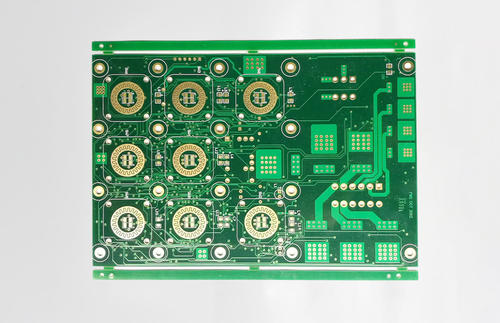
Industrial circuit board damage usually refers to a component being damaged, possibly a chip, a capacitor, or even a small resistor. The repair process involves identifying and replacing the damaged component. 1. Resistors with small resistance values and capacitors with large capacity are prone to damage A resistor with a small resistance value is often used in power supply lines to limit current, which acts as a fuse. If the current is too high, it will first burn out. In addition, many ground capacitors are used in power supply lines for filtering, and their size and capacity are generally large. If the voltage or current is unstable, the capacitors will break down and cause leakage. 2. Fault characteristics and maintenance of capacitor damage The failure caused by capacitor damage is the highest in electronic devices, with electrolytic capacitor damage being the most common. Capacitor damage is manifested as: 1. reduced capacity; 2. Complete loss of capacity; 3. Leakage; 4

(1) There should be a reasonable direction: such as input/output, AC/DC, strong/weak signals, high-frequency/low-frequency, high-voltage/low-voltage, etc. Their direction should be linear (or separated) and should not blend with each other. Its purpose is to prevent mutual interference. (2) Choose a good grounding point: For example, the multiple ground wires of the forward amplifier should be merged before connecting to the main ground, etc. (3) Reasonably arrange the power filter/decoupling capacitors: Generally, only a few power filter/decoupling capacitors are drawn in the schematic diagram, but they are not indicated where they should be connected. In fact, these capacitors are designed for switching devices or other components that require filtering/decoupling, and they should be arranged as close to these components as possible. (4) There is a particular emphasis on lines: if conditions permit, lines that are wide will never be thin; High voltage and high-frequency lines
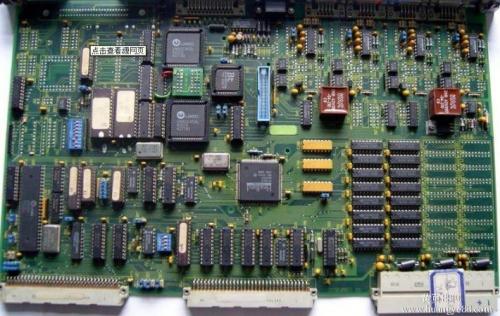
The through hole plays a role in connecting and conducting circuits, and the development of the electronics industry has promoted the development of PCBs, resulting in the emergence of plug hole technology. In order to meet the customer's requirements, the process of conducting and plugging holes can be described as diverse, with a particularly long process flow and difficult process control. So, how is the process of plugging through holes in PCB circuit boards achieved? Let's take a look together with the editor: 1、 Plug hole process after hot air leveling This process flow is: board surface resistance welding → HAL → plug hole → curing. Production is carried out using a non plug hole process, and after hot air leveling, aluminum mesh plates or ink blocking nets are used to complete the plug holes of all fortresses. Plug ink can be used as photosensitive ink or thermosetting ink. This process flow can ensure that the guide hole does not fall off oil after hot air leveling, but
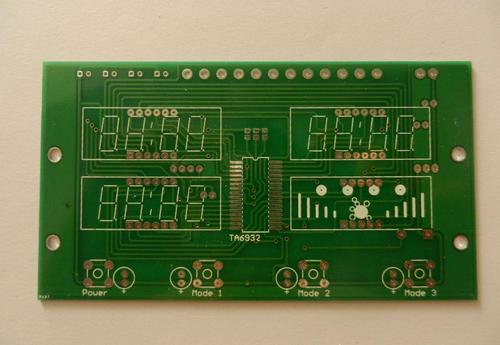
What are the design requirements for PCB printed circuit boards in PCB sampling? Let's take a look together: 1. Accurate This is the most basic and important requirement for printed circuit board design. Accurately implement the connection relationship of the electrical schematic diagram to avoid errors such as "short circuit" and "open circuit". Generally, products need to undergo more than two rounds of trial production and modification, while CAD software with strong functions has inspection functions to ensure the correctness of electrical connections. 2. Reliable A correctly connected circuit board may not necessarily have good reliability, such as improper selection of boards, incorrect board thickness and installation fixation, improper component layout and wiring, etc., which may cause the PCB to not work reliably. 3. Reasonable A printed circuit board component is closely related to the rationality of the printed circuit board, from manufacturing, inspection, assembl
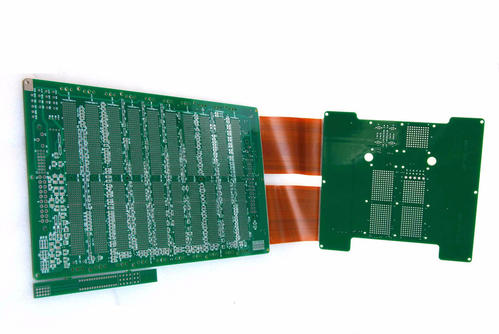
A rigid circuit board is a type of circuit board with a fixed shape and size, usually made of glass fiber cloth based (FR-4) material. Due to its high strength and good electrical performance, rigid circuit boards are widely used in scenarios that require high stability and reliability, such as motherboards for electronic products such as computers, mobile phones, televisions, etc. Rigid circuit boards have good mechanical strength and can fix various electronic components, ensuring the stability and reliability of the circuit. The advantages of rigid circuit boards are high stability and low cost, which are suitable for most general electronic devices. Its rigid structure can provide good resistance to vibration and impact, which helps improve the stability and reliability of electronic products in use. In addition, the manufacturing process of rigid circuit boards is mature, with relatively low costs, suitable for large-scale production, and is also a mainstream choice in the fiel
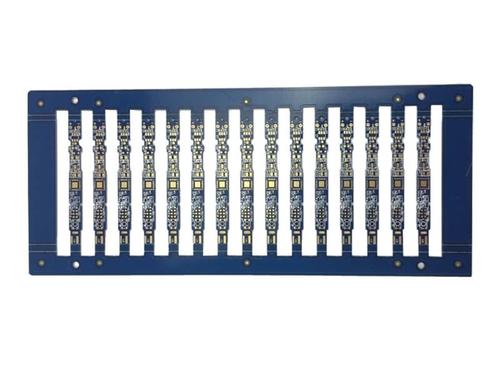
The development of future automotive circuit boards can foresee two major trends: intelligence and environmental protection. Intelligence is because, with the development of technology, cars are increasingly relying on electronic technology, especially the application of AI artificial intelligence technology, which greatly improves the intelligence of car circuit boards and endows cars with more possibilities. Environmental protection is due to the production of harmful substances such as copper, nickel, lead, and other heavy metals during the manufacturing process of circuit boards, which pollute the environment after being discarded. Therefore, environmentally friendly design and manufacturing, as well as the recycling of circuit boards, will be an important trend for future development. The importance of automotive circuit boards as the brain of automobiles is self-evident. Whether it is the daily operation of cars or bringing humanized intelligent driving to cars, it is insep
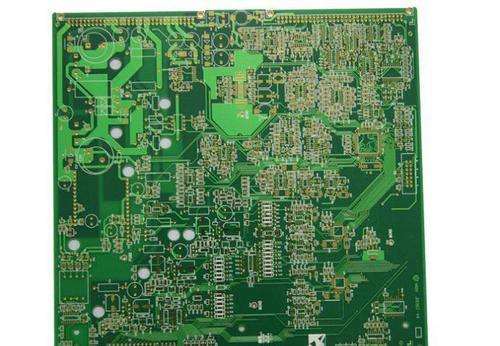
A car circuit board is like the brain of a car, which can accurately control various functions and performance of the car. It is connected to the engine, battery, brake, navigation, audio, lighting, and other components of the car to transmit and interact information, quickly respond to the driver's operating instructions, and then control the car's movement. In addition to being able to connect various components of the car, the circuit board of Yinmei Automobile also has some special functions. For example, a large number of intelligent sensors on modern car circuit boards can monitor the working status of the car in real-time, including engine temperature, throttle opening, brake pressure, etc. These data will be fed back to the driver in real-time, allowing the driver to have a clearer understanding of various information about the car. In addition, car circuit boards can also achieve some special functions, such as autonomous driving, adaptive cruise control, automatic parki
Inquiry Now

